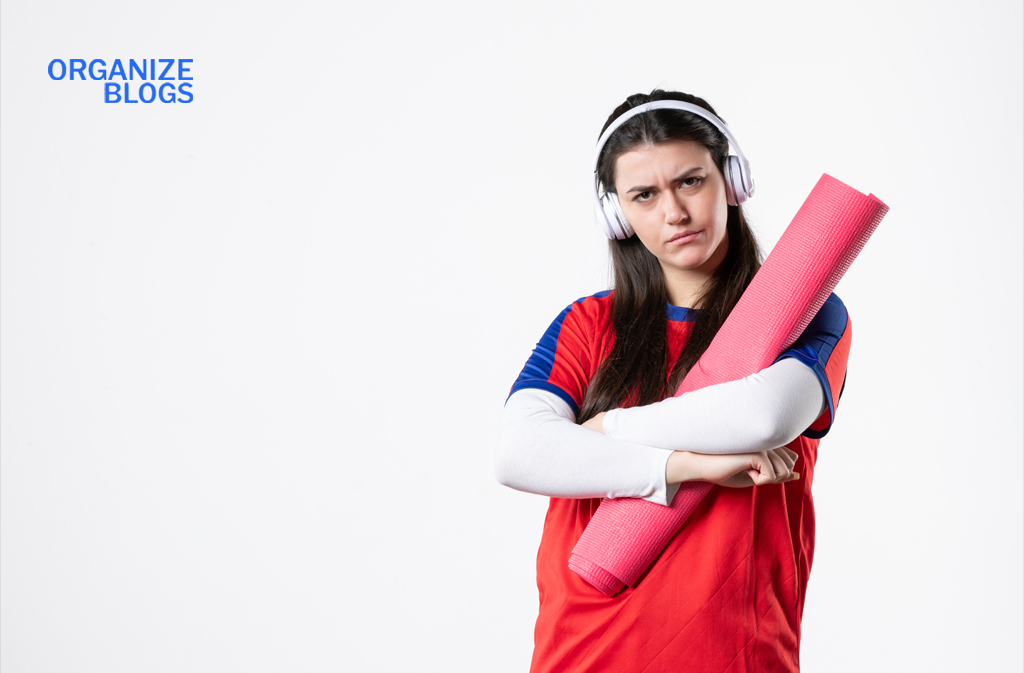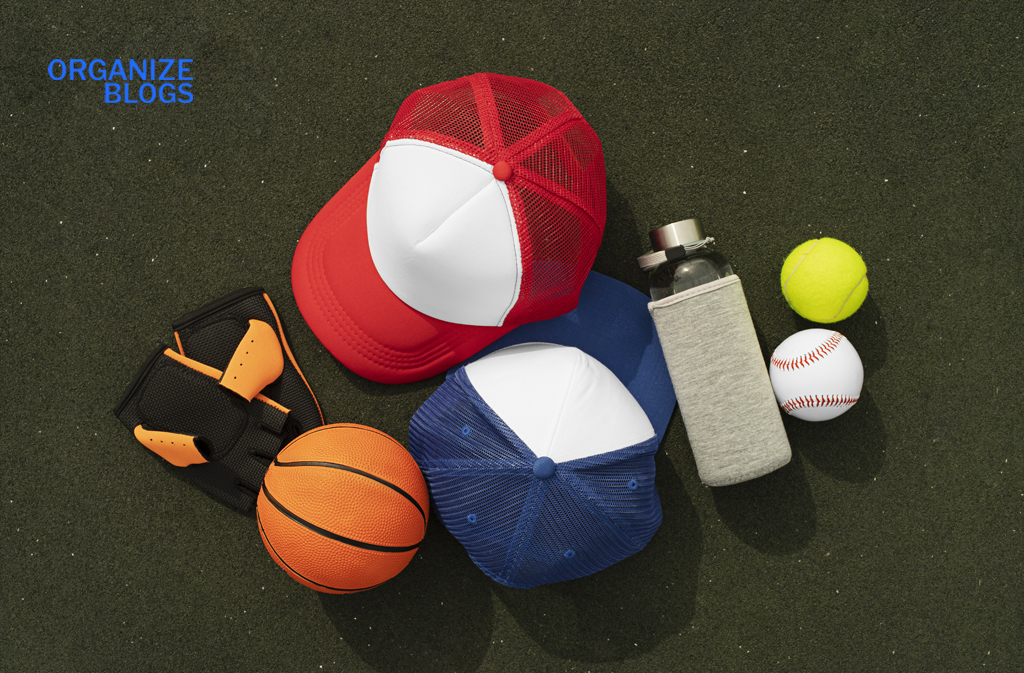Sports Harmonicode is a concept that connects rhythm, harmony, and athletic performance. At first, the idea may sound unusual, but when you look closely, you will see how deeply rhythm affects sports. Every movement, every step, and every breath in sports follows a pattern, and this is where harmonicode comes in.
When athletes train with rhythm in mind, they often perform better. The concept of sports harmonicode explains how patterns of timing, balance, and energy can boost performance in many different sports. Whether it is running, swimming, or even playing football, rhythm plays an important role in success.
Table of Contents
Understanding Sports Harmonicode
The word “harmonicode” may sound like a mix of harmony and code, which is exactly what it is. Sports harmonicode is about finding the hidden codes of rhythm inside sports. These codes are not about numbers but about patterns. When an athlete runs, their steps follow a rhythm. When a basketball player dribbles, it creates a beat. This hidden rhythm is what the concept focuses on.
Although not often talked about, sports harmonicode has always existed. Every coach who trains players with timing drills, balance exercises, or breathing patterns is actually using this idea. The only difference is that now it has a name that connects both sports and rhythm into one system.
The Role of Rhythm in Sports Harmonicode
Rhythm is at the center of sports harmonicode. Without rhythm, most sports movements would look clumsy and uncoordinated. For example, think about a runner. If their steps do not follow a steady beat, they lose balance and slow down. Rhythm creates smooth flow in every action.
In addition, rhythm helps athletes stay focused. Once the body finds a steady pace, the mind becomes calmer and more in control. This is why many athletes listen to music during training. Music provides a rhythm that matches their movements and boosts performance, which directly connects to harmonicode sports.
How Improves Training
Training with sports harmonicode means adding rhythm-based exercises to daily practice. This can include clapping drills, using metronomes, or practicing with music. The goal is to sync the body’s actions with a steady pattern, making each move more effective.
As a result, athletes not only perform better but also reduce the risk of injuries. When movements are balanced and controlled, the body faces less strain. Therefore, sports harmonicode is not just about improving performance, it is also about protecting the athlete’s health.
Sports Harmonicode in Team Games
Team sports like basketball, football, and volleyball all depend on rhythm and timing. Players must move together, pass at the right moment, and keep the game flowing. Sports harmonicode plays a huge role here because it helps athletes understand the timing and rhythm of the whole team.
For example, in football, when players run in sync, the team becomes stronger. If one player breaks the rhythm, the team loses balance. Sports harmonicode teaches athletes to pay attention not only to their own rhythm but also to the rhythm of the group. This creates harmony within the game.

Sports Harmonicode and Mental Focus
Another important part of sports harmonicode is mental focus. Rhythm does not just affect the body, it also affects the brain. When athletes train with rhythm, they become more mindful of their actions. This increases concentration and helps them make quick decisions during games.
Furthermore, rhythmic breathing, which is part of harmonicode, calms the mind. Many athletes use breathing exercises to stay relaxed before competitions. By adding harmonicode methods, they can control stress and perform with more confidence.
Sports Harmonicode for Individual Athletes
While team players benefit from rhythm, individual athletes also gain a lot from harmonicode sports. Runners, swimmers, gymnasts, and even martial artists use rhythm to perfect their performance. For instance, swimmers must match their strokes with breathing, which is a rhythmic cycle.
Gymnasts and martial artists depend on rhythm for balance and precision. Every move must connect smoothly with the next, creating a flow. Sports harmonicode gives them a framework to practice these patterns more effectively, leading to greater results.
The Science Behind Sports Harmonicode
Scientists have studied rhythm in human performance for years. Research shows that the brain naturally responds to rhythmic patterns, and this improves coordination and reaction time. Sports harmonicode builds on this science by applying rhythm directly into training methods.
For example, neuroscientists found that athletes who trained with rhythmic cues reacted faster during games. This shows that sports harmonicode is not just an idea but also supported by real studies. Science and practice together make this approach powerful for athletes.
Future of Harmonicode Sports
The future of sports harmonicode looks exciting. As more coaches and trainers understand its value, it may become a common part of sports programs. Imagine teams training not just with drills but with rhythm-based systems that improve both physical and mental performance.
In the future, new technology may also support this idea. Wearable devices could track rhythm patterns, helping athletes find their perfect pace. Virtual reality might create rhythm-based simulations for training. Sports harmonicode has the potential to transform how athletes prepare for success.
Conclusion
Sports harmonicode may be a new term, but the idea has been part of sports for a long time. Rhythm, harmony, and timing are keys to athletic performance. By recognizing and training with these patterns, athletes can unlock higher levels of skill and focus.
Whether in team games or individual events, harmonicode sports offers valuable tools for growth. It connects body, mind, and rhythm, creating harmony that improves performance and reduces risks. In a world where athletes look for every advantage, this concept could be the hidden code to future success.

FAQs
Q1: What does the idea focus on?
It focuses on the connection between rhythm, balance, and timing in sports. The main goal is to show how patterns of movement can improve performance and lower the risk of injuries.
Q2: How can this concept help athletes?
By training with rhythm, athletes can improve their coordination, speed, and focus. It also helps reduce stress, supports healthy breathing, and makes movements smoother during practice and competition.
Q3: Is it useful for team sports?
Yes, it is especially helpful in team games. Players learn to move together in rhythm, pass the ball at the right moment, and keep the game flowing more effectively.
Q4: Can individual athletes benefit from it?
Absolutely. Runners, swimmers, gymnasts, and martial artists can all use rhythmic patterns to improve balance, timing, and concentration during both training and competitions.
Q5: Is there science behind it?
Yes, research shows that the human brain naturally responds to rhythm. This response improves reaction time, coordination, and mental focus, making training more effective.
visit our website: Organize Blogs

